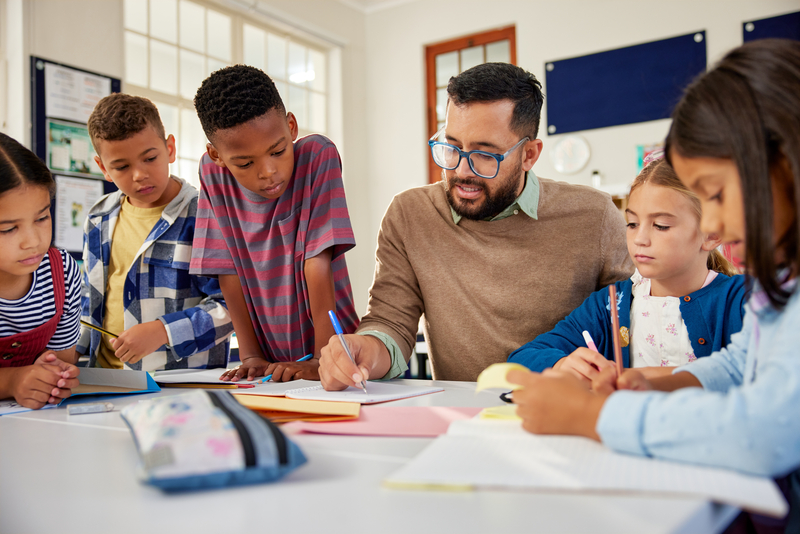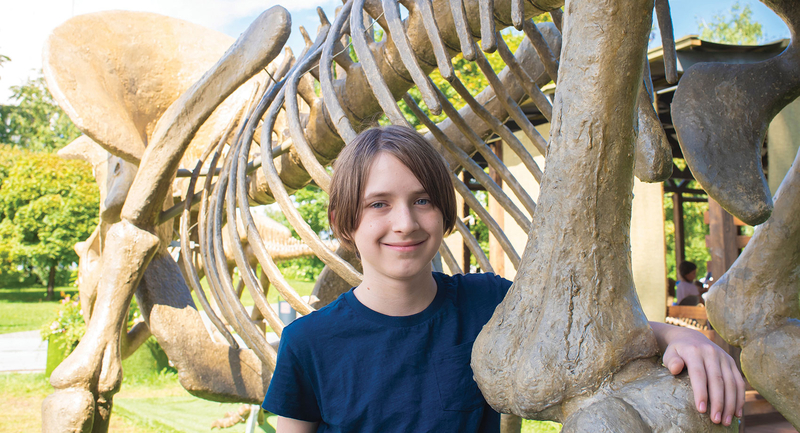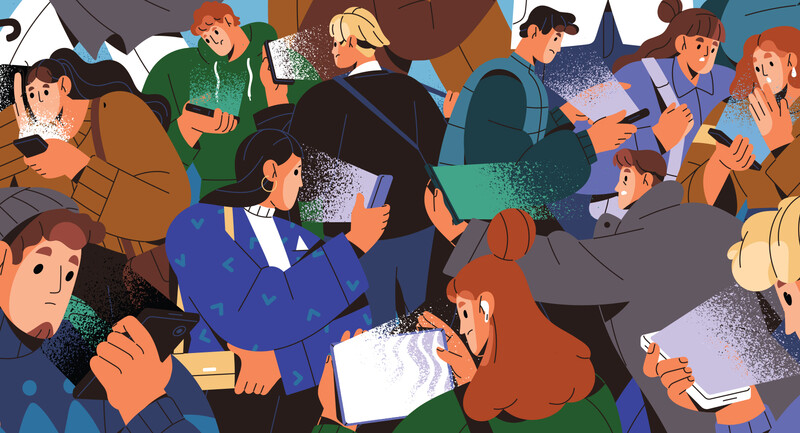For one community-led program, the formula to strengthen reading skills is straightforward: Teach young students their own history. The 1619 Freedom School, an independent after-school program for Black and low-income readers in Waterloo, Iowa, aims to raise students' literacy skills by celebrating the local and national histories of Black Americans. Now in its third year, the program is the brainchild of journalist Nikole Hannah-Jones (of The New York Times' 1619 Project) and Sheritta Stokes, a 5th grade teacher in the district.
Four days a week, around 60 4th and 5th grade students from Waterloo Community School District move beyond the narrow "heroes and holidays" narrative of U.S. schools, according to Sabrina Wesley-Nero, an associate teaching professor at Georgetown University who cocreated the curriculum. The curriculum's eight units use read-alouds, small- and large-group work, lexicon levels, and take-home books, all led by local teachers. A unit on Black Iowans lets students see people who look like them as "part of the history of their state and community," says LaGarrett King, an associate professor at the University of Buffalo, who also cocreated the curriculum. In a unit on the Harlem Renaissance, students study the era's creativity with books like Harlem's Little Blackbird by Renée Watson (Random House, 2012). In a unit around oral and living histories, students interview community and family members around their historical experiences.
"Students work on comprehension, make inferences, and do word work, but they use content that is relevant to them and fosters a positive self-concept," says Wesley-Nero.
The district has a significant achievement gap, driven by a long history of racial inequities in Waterloo: Black students are 26 percent of the student body and on average are more than two grade levels behind white students in key subjects, according to ProPublica. The Waterloo program aims to shift academic imbalances and is showing some signs of success: At the beginning of the program's first year, only three students in one group of 17 participants were reading at grade-level proficiency; by the end of the year, 11 of those students had hit that mark. Stokes also notes students' growth in engagement and confidence: "The environment, the teachers looking like them, the materials looking like them—all of that contributes to making children want to read."
The program plans to make its curriculum available for other communities in the near future. In an education landscape where teaching about race is often challenged, the 1619 Freedom School follows, in LaGarrett King's words, "the legacy of Black communities to teach history outside of schools" and ensure the nuance and richness of that history reaches more students.









